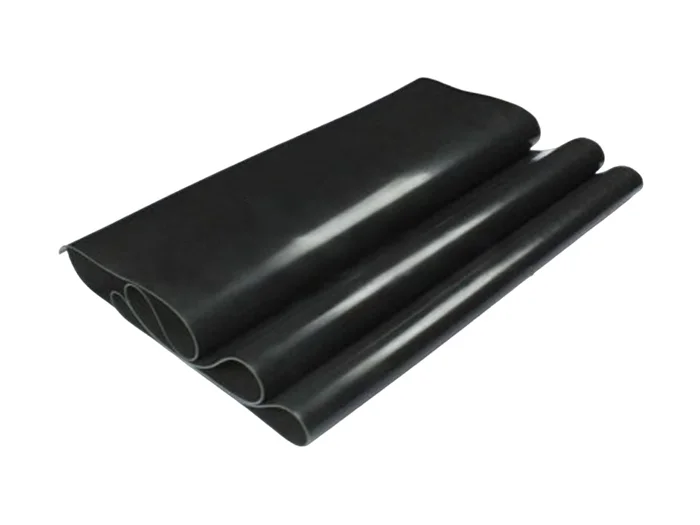In recent years, there has been a noticeable shift in consumer preferences towards eco-friendly products. This blog post aims to explore the reasons behind this trend and shed light on why consumers are increasingly opting for sustainable alternatives. By understanding the factors driving this change, businesses can adapt their strategies to meet consumer demands and contribute to a greener future.
- Increasing Environmental Awareness:
Consumers today are more environmentally conscious than ever before. With the rise of social media and easy access to information, people are becoming aware of the detrimental effects of traditional products on the environment. From deforestation to pollution, consumers are actively seeking ways to minimize their ecological footprint. As a result, eco-friendly products have gained popularity due to their reduced impact on the environment. - Health and Well-being Concerns:
Eco-friendly products often go hand in hand with healthier alternatives. Many conventional products contain harmful chemicals and toxins that can pose risks to human health. Consumers are now prioritizing their well-being and seeking products that are free from harmful substances. By choosing eco-friendly options, consumers can ensure a safer and healthier lifestyle for themselves and their families. - Ethical and Social Responsibility:
Consumers are increasingly aligning their purchasing decisions with their values. They are more likely to support companies that demonstrate a commitment to ethical and social responsibility. Eco-friendly products are often associated with sustainable sourcing, fair trade practices, and cruelty-free manufacturing processes. By choosing these products, consumers feel they are contributing to a better world and supporting businesses that share their values. - Government Initiatives and Regulations:
Government regulations and initiatives play a significant role in shaping consumer preferences. Many countries have implemented policies to promote eco-friendly practices and products. These regulations often include incentives for businesses to adopt sustainable practices and penalties for non-compliance. As a result, consumers are encouraged to choose eco-friendly products, knowing that they are contributing to a larger environmental cause. - Innovation and Product Development:
Advancements in technology and increased investment in research and development have led to the creation of innovative eco-friendly products. These products not only meet consumer expectations but also offer additional benefits such as energy efficiency, durability, and cost-effectiveness. As consumers become more aware of these advantages, the demand for eco-friendly products continues to rise.
Conclusion:
The preference for eco-friendly products among consumers is a reflection of the growing awareness and concern for the environment, health, and ethical values. Businesses that recognize this shift and adapt their strategies accordingly are likely to gain a competitive edge. By offering sustainable alternatives, companies can attract a larger customer base and contribute to a greener and more sustainable future.





+ There are no comments
Add yours